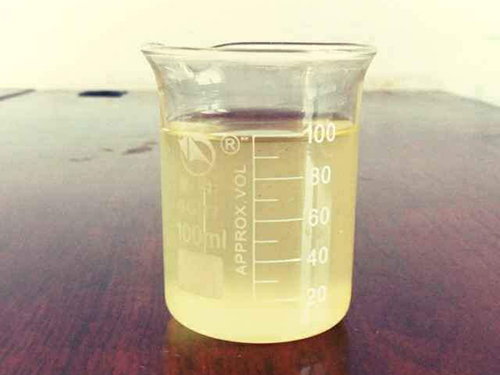diethylenetriamine penta methylene phosphonic acid
Diethylenetriamine Penta Methylene Phosphonic Acid Properties and Applications
Diethylenetriamine penta methylene phosphonic acid (DTPMPA) is a significant compound in the field of chemistry, particularly in water treatment and industrial applications. It belongs to the family of phosphonates, which are organic compounds containing phosphorus that exhibit a variety of useful properties. DTPMPA is recognized for its remarkable capacity as a chelating agent, scale inhibitor, and corrosion inhibitor.
Chemical Structure and Properties
DTPMPA is a polyphosphonic acid characterized by its complex structure. It has multiple phosphonic acid groups attached to a diethylenetriamine backbone, which grants it the ability to form strong bonds with metal ions. The presence of these metal-binding sites makes DTPMPA an effective agent in sequestering various transition metals, thereby preventing unwanted reactions that can lead to corrosion or scale formation.
In aqueous solutions, DTPMPA exhibits excellent solubility and stability across a range of pH levels, which enhances its functionality in diverse industrial processes. Its molecular structure endows it with unique physicochemical properties, making it suitable for various applications including water treatment, detergent formulation, and industrial cleaning processes.
Applications in Water Treatment
One of the primary applications of DTPMPA is in water treatment systems. Many industrial processes, including power generation, petrochemical production, and cooling systems, rely on pure water to function efficiently. However, when water contains dissolved minerals, these can precipitate and form scale, leading to significant operational issues. DTPMPA acts as an effective scale inhibitor, binding with calcium, magnesium, and other metal ions, thereby preventing their precipitation and minimizing scale formation.
Moreover, DTPMPA serves as a corrosion inhibitor, helping to protect metal surfaces within water handling systems. By forming a protective layer on the metal surfaces, it reduces the rate of corrosion significantly, prolonging the lifespan of equipment and piping. This property is particularly valuable in industries that rely on continuous operation and cannot afford downtime due to maintenance.
diethylenetriamine penta methylene phosphonic acid

Use in Detergents and Cleaning Products
Beyond its application in water treatment, DTPMPA is also widely used in the formulation of detergents and cleaning products. The chelating properties of DTPMPA enable it to remove metal ions from water, which can otherwise interfere with the cleaning action of surfactants in detergents. By sequestering these metal ions, DTPMPA enhances the effectiveness of cleaning agents, making them more efficient at lower concentrations.
In addition, the presence of DTPMPA in household and industrial cleaners helps prevent the formation of soap scum and other residues, contributing to the maintenance of clean surfaces and prolonging the efficacy of the cleaning product.
Environmental Considerations
In recent years, there has been growing concern regarding the environmental impact of various chemical compounds, including phosphonates like DTPMPA. While DTPMPA is often considered to be less toxic than traditional phosphates, its environmental persistence necessitates responsible handling and usage. Research is ongoing to explore biodegradable alternatives and to assess the long-term ecological effects of DTPMPA and similar compounds.
Conclusion
In summary, diethylenetriamine penta methylene phosphonic acid is a versatile and valuable compound within the chemical and industrial landscape. Its remarkable properties as a chelating agent, scale inhibitor, and corrosion inhibitor make it essential for applications in water treatment and cleaning products. However, the importance of environmental stewardship cannot be overlooked, and continued research is crucial to ensure that the use of DTPMPA aligns with sustainable practices. As industries continue to seek efficient solutions for water management and cleaning processes, DTPMPA will likely remain a key player in advancing these technologies.
-
Water Treatment with Flocculant Water TreatmentNewsJun.12,2025
-
Polymaleic AnhydrideNewsJun.12,2025
-
Polyaspartic AcidNewsJun.12,2025
-
Enhance Industrial Processes with IsothiazolinonesNewsJun.12,2025
-
Enhance Industrial Processes with PBTCA SolutionsNewsJun.12,2025
-
Dodecyldimethylbenzylammonium Chloride SolutionsNewsJun.12,2025





